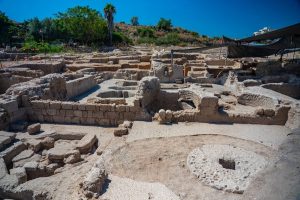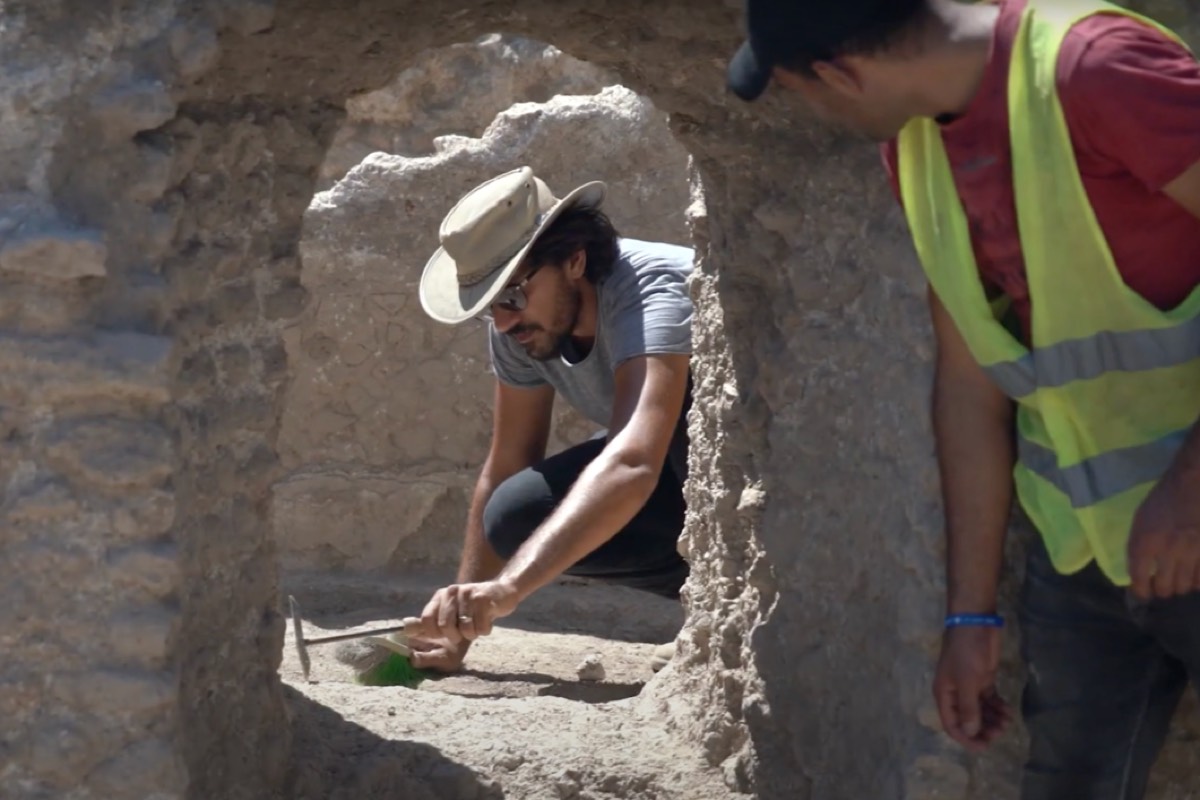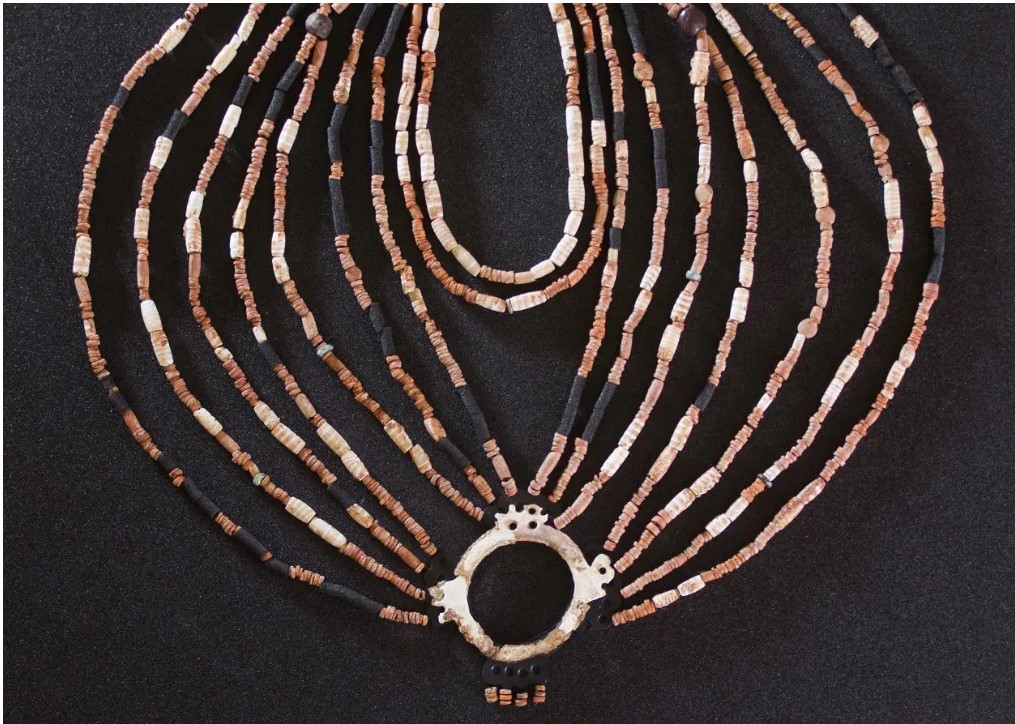Archaeologists have discovered the remnants of a mediaeval wine industry in Israel’s Yavne region.
Yavne, an Israeli archaeological site dating back to the late Bronze Age and late Iron Age, is regarded as one of the most important Jewish historical sites after the Romans destroyed the Temple of Jerusalem in 70 CE. Yavne was apparently a prominent wine producer throughout the Middle Ages. According to a post (and accompanying video) on the Israel Antiquities Authority’s Facebook page, archaeologists have discovered what they say was once a wine industry, perhaps the largest in the world 1,500 years ago during the Byzantine era (IAA).
“Drinking wine was quite widespread in ancient times for both adults and children,” according to the IAA post. “Because the water was not always sanitary or pleasant, wine was sometimes employed as a type of ‘concentration’ to improve the flavour or as a substitute for drinking water,” according to the IAA’s excavation directors, Dr Elie Haddad, Liat Nadav-Ziv, and Dr Jon Seligman.
Prior excavations at Yavne unearthed many Iron Age and Bronze Age burial sites, Philistine artefacts and pottery shards, as well as the ancient city’s port, which was abandoned in the 12th century CE. (The destruction of the port and its fleet in the second century BCE is described in the book of Maccabees, thus it has special significance in Jewish tradition and history.) A gate chamber of a fortress erected during the Crusades, when the city was known as Ibelin, was discovered during a 2005 excavation.
Another 2019 dig turned up several ceramic kilns as well as some gold coins going back to the 9th century CE—gold dinars minted under the North African Aghlabid kingdom. Another 425 gold coins discovered last year dated back to the Abbasid dynasty, some 1,100 years. Archaeologists earlier this year found a 1,600-year-old multicoloured mosaic from the Byzantine period (around 400 CE), complete with decorative geometric designs.
This newest archaeological discovery revealed five winepresses, as well as a stomping floor for crushing grapes and warehouses for storing wine for maturing. Pottery kilns for burning the long clay amphorae (“Gaza jars”) in which the wine was stored were also discovered, together with numerous unbroken jars, tens of thousands of shards, and different children’s toys, among other items. The researchers also discovered even earlier winepresses from the Persian era, dating back around 2,300 years. “The excavation demonstrates a continuation of the wine industry’s existence at the site across many centuries,” the archaeologists stated.

“We were shocked to find a sophisticated facility here that was used to make commercial amounts of wine.” “In a statement, the team stated. “Furthermore, ornamental niches in the shape of a conch that decorated the winepresses reflect the factory owners’ enormous riches. An estimate of the winepresses’ output capacity reveals that about two million litres of wine were marketed each year, despite the fact that the entire process was carried out manually.”
“‘Gaza and Ashkelon Wine’ was regarded a premium wine brand of the ancient world, whose reputation had travelled far and wide, similar to how Jaffa oranges identify their provenance and quality today from Israel,” the archaeologists stated further. “Everyone understood this was a Holy Land product, and everyone wanted more and more of this wine.” The wine got its name from being marketed through the ports of Gaza and Ashkelon. Other wine-producing areas are known from the southern coastal plain, but we now appear to have discovered the primary production centre of this famous wine. Commercial amounts were carried from here to the ports and ultimately across the Mediterranean region.”




